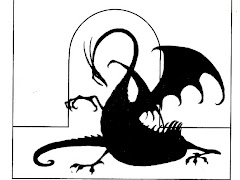Hero

the character through which the story is told
The Four Base Archetypes
Jung identified four main archetypes which serve as attributes common to every individual: the self, the shadow, the male, and the female. These base archetypes would manifest themselves in other forms: the female part of the psyche might be the great mother, or the temptress, or the virgin; the male part of the psyche might show up as the eternal child, or the wise old man, or the magician. These were the different ways in which people see themselves.
In the stories of feature films, we find the same thing. There are archetypes that form the basis of nearly all the characters in the movies we watch. Chris Vogler, in his book, A Writer's Journey, identifies seven archetypal characters found in most feature films.
Shadow

this is the villain or major protagonist
Threshold Guardian

the character, passageway, or guardian that the hero must get past in order to proceed on the quest
Archetype ≠ Stereotype
It is important to note that an archetype is not a stereotype. A stereotype is a simplified generalization about a specific group pf people (e.g., all elderly people have blue hair, dementia, and arthritis).
An archetype, on the other hand, is a character attribute that can manifest itself in any human (animation, nonhuman) body and that is a recognizable icon by the audience. For example, in Ice Age, Manfred becomes the great mother--of both the Indian child and the 'herd."



